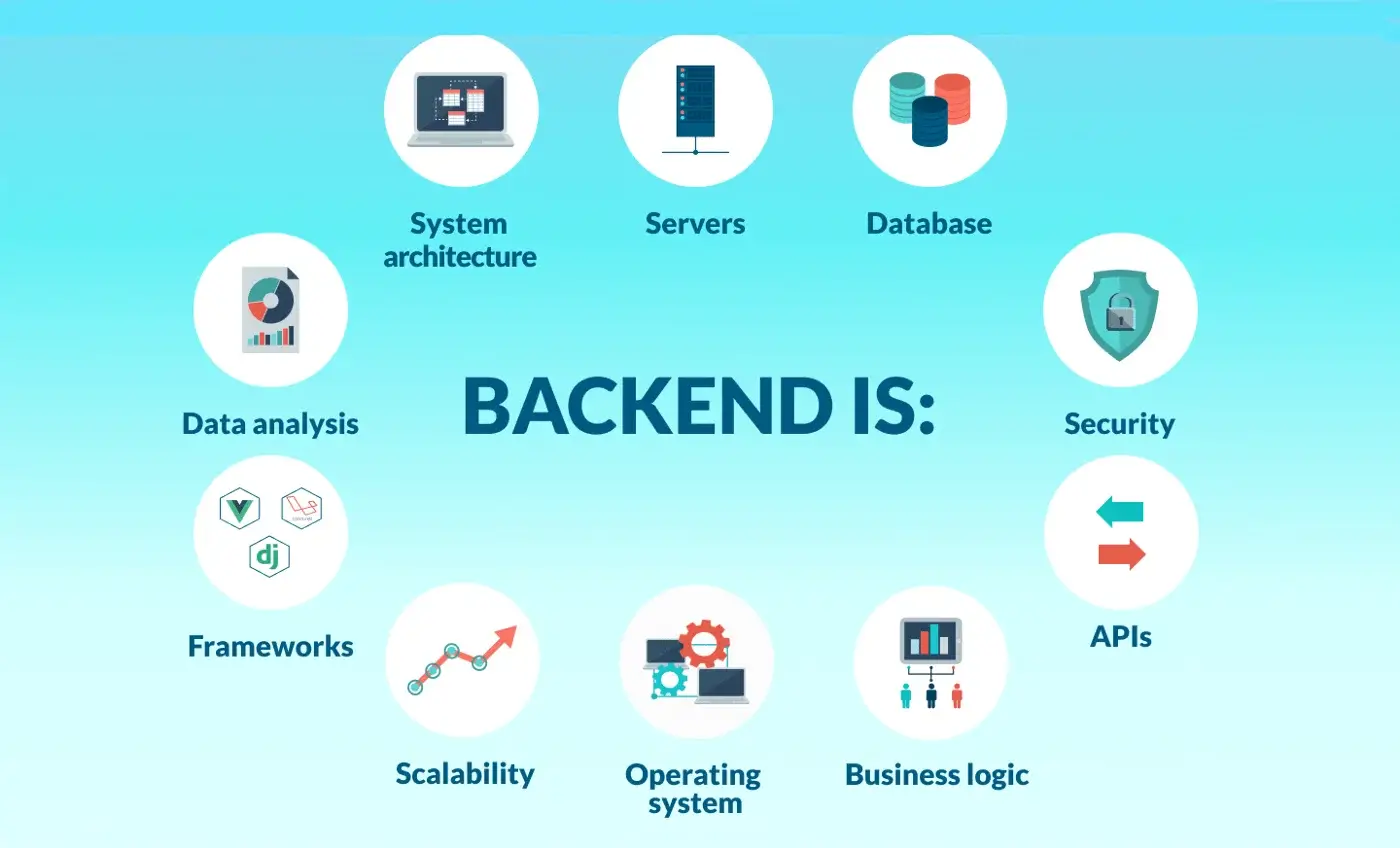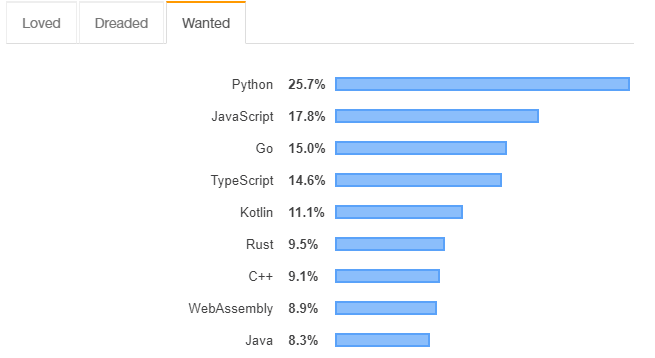
Backend Engineering: The Cornerstone of Contemporary Software Development
- by Admin
- 230 Views
- PHP
- Codeigniter
- Laravel
- NodeJS
- Javascript
Backend engineering stands as the bedrock of modern software applications, exerting a profound influence on their resilience and functionality. This exploration into backend development encapsulates crucial aspects, ranging from foundational skills to emerging trends, guiding aspiring engineers through a comprehensive journey.

Crucial Competencies for a Successful Backend Engineer
Thriving in backend engineering demands a multifaceted skill set. Mastery of programming languages such as Python, Java, Ruby, PHP, or Node.js is fundamental. Backend engineers must exhibit prowess in managing server-side logic, orchestrating databases, and ensuring seamless communication between frontend and backend components. The attributes of problem-solving, algorithmic thinking, and an in-depth understanding of system architecture are paramount.
Prime Programming Languages for Backend Development
The selection of an apt programming language is pivotal in backend development. Python's versatility and simplicity, Java's robustness for enterprise-level applications, Ruby on Rails' efficiency in rapid development, and Node.js' event-driven architecture for real-time applications present diverse options. The choice hinges on project-specific requirements.

Crafting Scalable and High-Performance Backend Systems
Scalability and performance emerge as focal points in backend engineering. Engineers must architect systems capable of accommodating escalating loads without compromising efficiency. The adoption of microservices architecture, incorporation of caching mechanisms, and optimization of database queries represent strategies for heightened scalability and performance.
Proficiency in Database Management for Backend Applications
Database management serves as a linchpin in backend development. Proficiency in selecting and optimizing databases based on specific use cases, command over SQL or NoSQL databases, and expertise in data modeling and query optimization are essential for fashioning efficient and responsive backend systems.
Mastering the Craft of Building Robust and Secure Backends
The creation of a robust and secure backend involves the implementation of best practices in authentication, authorization, and data encryption. Acquiring an understanding of common security vulnerabilities, employing HTTPS, and remaining vigilant about security updates are pivotal for fortifying defenses against potential threats.
Harnessing Cloud Computing for Backend Infrastructure
Cloud computing has undergone revolutionary transformations in backend infrastructure. Backend engineers must adeptly leverage cloud services such as AWS, Azure, or Google Cloud to fashion scalable, flexible, and cost-effective solutions. A grasp of infrastructure as code (IaC) and containerization technologies, like Docker, further enhances operational efficiency.

Staying Abreast of Emerging Trends and Innovations in Backend Engineering
Remaining updated with emerging trends is a hallmark of successful backend engineers. Technologies such as serverless computing, GraphQL, and edge computing are reshaping the landscape of backend development. A commitment to continuous learning and the adoption of new tools and frameworks position backend engineers at the forefront of innovation.
Expert Troubleshooting and Debugging of Backend Issues
Effective troubleshooting and debugging skills are indispensable for backend engineers. Proficiency in tools such as monitoring systems, logging, and error tracking empowers engineers to swiftly identify and rectify issues. A systematic approach to problem-solving is vital for maintaining a stable backend environment.
Navigating Career Paths and Seizing Opportunities for Backend Engineers
Backend engineers encounter diverse career paths, with specializations available in backend architecture, database administration, or cloud solutions. Opportunities span across industries, encompassing e-commerce, finance, healthcare, and more. Continuous skill development and staying attuned to industry trends pave the way for leadership roles and entrepreneurial ventures.
In conclusion, backend engineer stands as the cornerstone of contemporary software development. From mastering programming languages to designing scalable systems and embracing emerging trends, backend engineers wield substantial influence over the digital landscape. Armed with the right skills and a dedication to continuous learning, backend engineers embark on a dynamic and gratifying career path within the ever-evolving field of software development.





